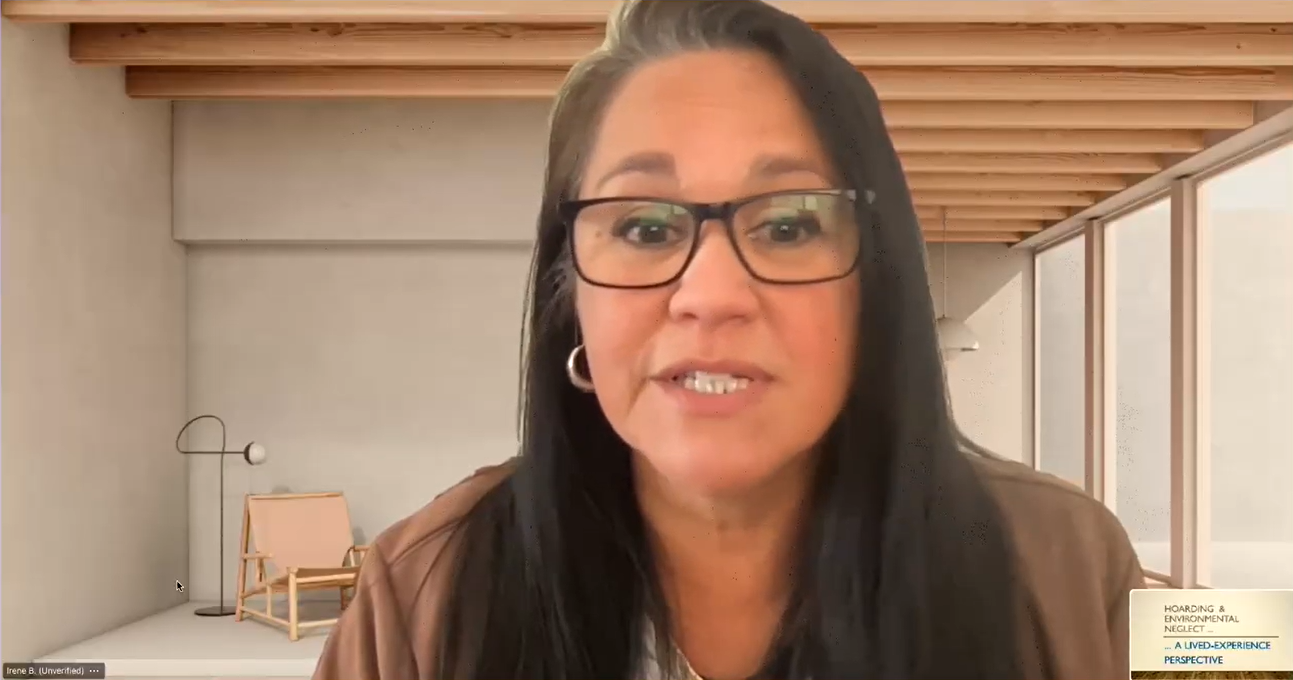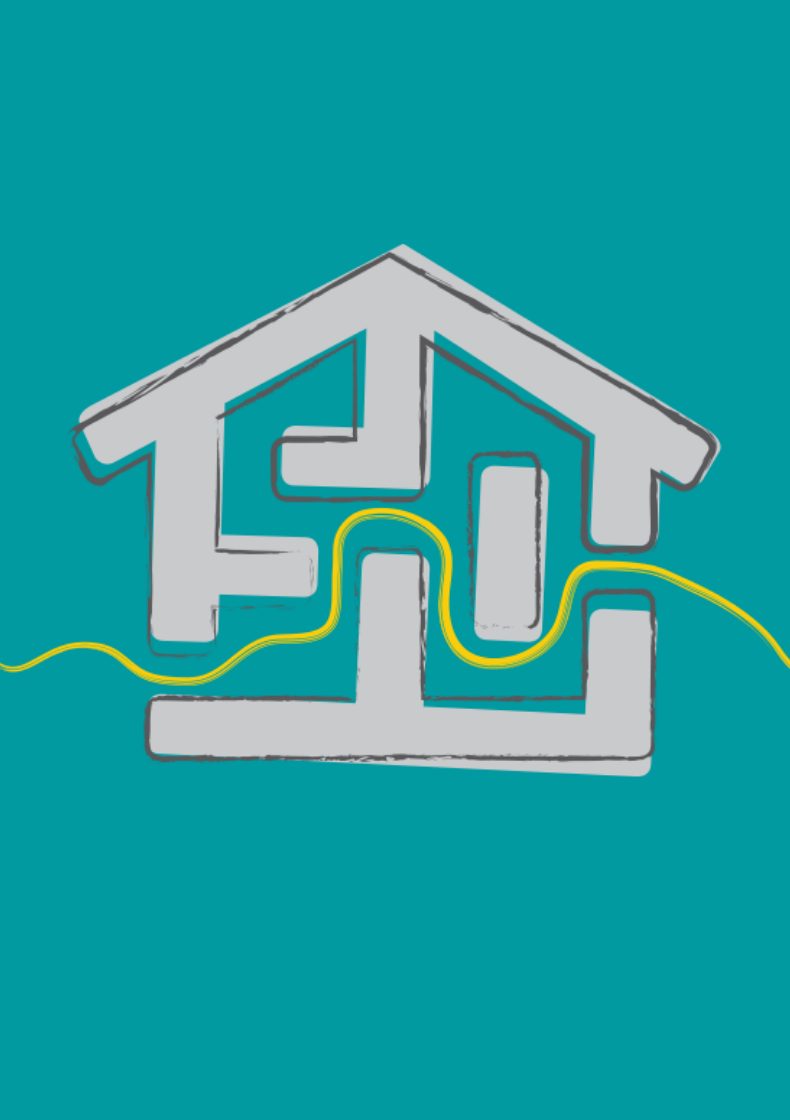Home Hoarding, Squalor & Clutter
Hoarding, Squalor & Clutter
What is hoarding and squalor?
People who hoard are different from collectors who deliberately accumulate and maintain specialised collections of objects that are generally well organised and considered by most people to be interesting and valuable (Danet & Katriel, 1989). Instead, people who hoard acquire many things seemingly at random and without regard to available space in their homes.
The acquired objects become disorganised and even chaotic clutter that interferes with everyday living and is often dangerous. Other hoarders can be very organised but have significant collections of objects that can impede daily living.
Australian research estimates more than 600,000 people (2.6%) may suffer from hoarding disorder, putting themselves and their families at risk of squalor and health risks, fire hazards, evictions and homelessness. This is in line with prevalence studies in the USA, UK and other OECD countries that estimate 2-5% of people may be suffering from hoarding disorder and in need of help.
Hoarding is not the preserve of any one group of people and can start at an early age, but collections are likely to grow as people age and so cases are more often seen with older people. Hoarding can be exhibited by people who have other issues that might make them vulnerable, such as anxiety, depression or obsessive compulsive disorders, or it can follow from a traumatic experience.

Hoarding and Squalor Service Mapping for Queensland by Region
North Queensland Region
- Mackay Carpet Care and Restoration Services
- Mackay Crime & Trauma Scene Clean-up
- Community Accommodation Support Agency (CASA) – Homestay Program
- Get it Sorted Mackay – Declutter Service
- Australian Red Cross – Homestay Program Townsville
- The Spacious Life – Declutter Service and support network, Townsville
South West Queensland Region
- Fresh Start Solutions – Declutter service
- Australian Red Cross – Homestay Program Toowoomba
- One-off Cleaning Services Toowoomba
- OzCare Toowoomba
Central Queensland Region
- Gladstone Community Linking Agency
- Nhulundu Health Service – Aboriginal and Torres Strait Islander communities
Brisbane Region
- Footprints Carefinder for over 65 (or over 50)
- STAR Community Services for over 65 (or over 50)
- OzCare Assistance with Care and Housing for over 65 (or over 50)
- Micah Home For Good
- JS Cleaning – cleaning and declutter service
- Centacare Specialist Cleaning Services
- Buried in Treasures Support Groups Queensland
- Kyabra Housing Support Services
- Nicky Marshall Consultants (The Way Forward)
- River Life Baptist Church – Lawn clean-ups (Darra)
- Anglicare (Brisbane) – via NDIS package for over 65 (or 50)
- JUNK, Australia’s No.1 Rubbish and Junk Removal company (registered NDIS provider.)
- Encircle Community Services
Hoarding and Squalor Toolkits
- Guides and Templates
Clutter-Image-Rating-Scale The purpose of this tool is to gauge the impact of hoarding on the person with the hoarding behaviour.
- Presentations and Webinars
Irene Bollerman is from Brisbane and shares her real life case study from the perspective of someone with lived experience…



